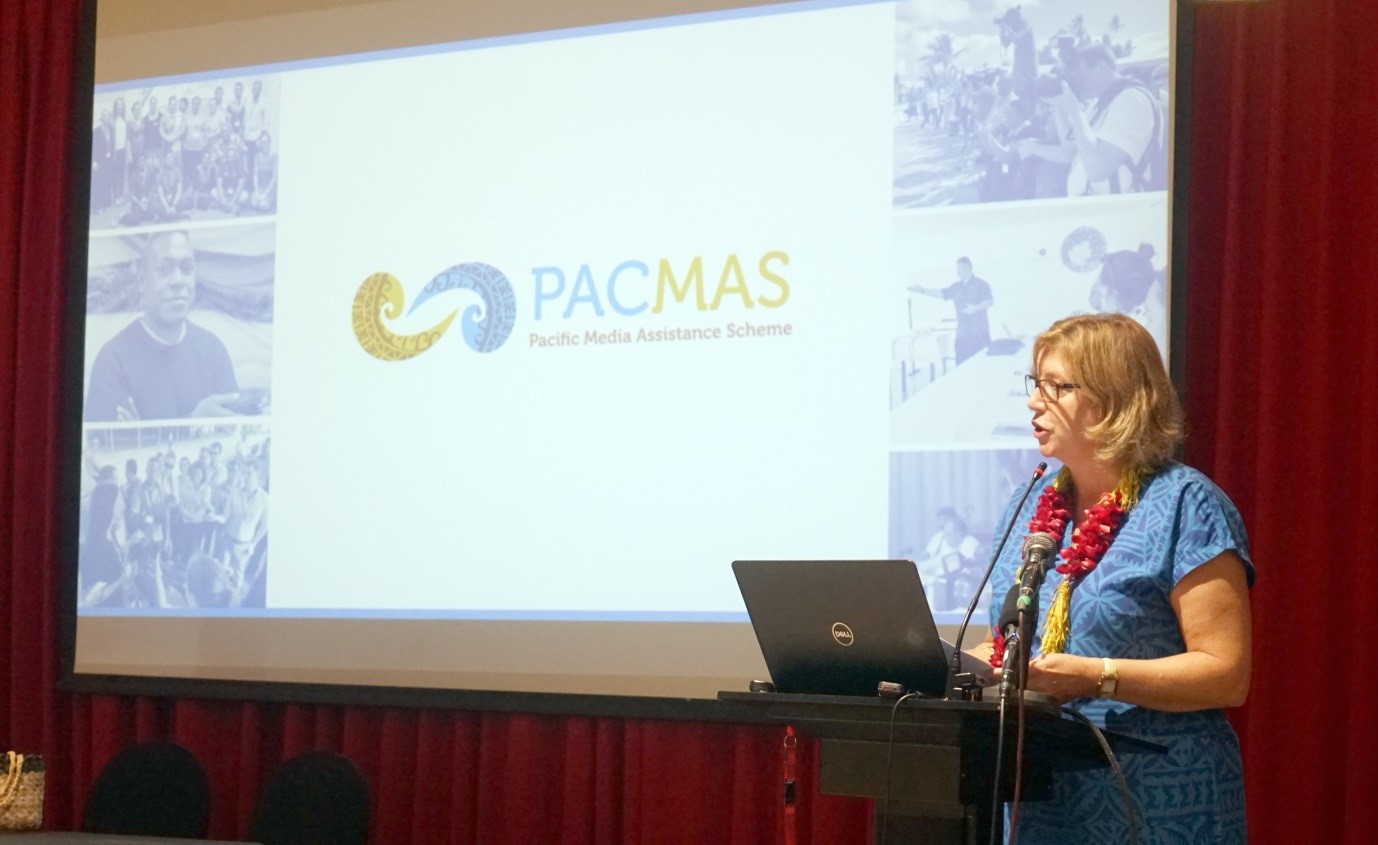Taeao manuia i outou Afioga.
Ou te fiafia tele e auai i le fa’amoemoe o lenei taeao.
Thank you very much for inviting me here this morning to say a few words at this workshop for media and government on Reporting on COVID-19.
In Australia, as across the world, including here in Samoa, COVID-19 has changed our way of life. Households, businesses, communities, and industry sectors have all been severely affected by this pandemic crisis
At times of such crisis, the relationships between the Government, the media, and the public become increasingly important. Each relying on the other to gain an understanding of what is going on, influencing perceptions of the situation and in shaping responses.
While I know many of you are rightly concerned about the current situation in Victoria (as am I), and we might be struggling with our policy response at the moment, I think we can fairly say that our Government’s national response to COVID-19 has been targeted, transparent and focussed, with strong cooperation between government and institutions at all levels.
The Government has kept Australians informed, and consulted publicly on the design and implementation of response measures.
Australians have supported this approach, the vast majority of the time complying with restrictions. This has kept our country safe.
As Australia’s Deputy Chief Medical Officer Dr Nick Coatsworth said in a press conference about COVID-19 only days ago, information is key. I quote: “The deeper the information, the more we can share […], the more trust we build”.
Ensuring that members of the public have timely, accurate and credible information enables them to understand the risks of COVID-19, and to respond in a way that will keep themselves, their families and their communities safe, for example, by social distancing or maintaining good hygiene practices
Similarly, information about the activities and arrangements the Government is making in response to COVID-19 can build public confidence in the capacity of health services to manage the response.
Conversely, the absence of information from credible sources, such as Government, creates space for other actors to spread misinformation.
Governments and media need to act together to combat misinformation.
This is the context for why the Australian Government partnered with PACMAS to produce the ‘Pacific Infodemic Tracker’. This tracker highlights positive and negative trends on social media and information gaps, to help Pacific media and communicators to develop stories on COVID-19 that will engage audiences.
Independent and robust media institutions play a vital role in keeping the community informed during the COVID-19 pandemic.
Media institutions also have a responsibility. As Australian journalist Stan Grant wrote in a piece in The Conversation, their responsibility is to ‘inform not inflame.’ Journalists are often trained to rely on drama, to highlight conflict. Grant says we need ‘less crisis and more context […] the public needs no reminding this is serious’.
Like anything in a crisis, disseminating information is not easy and there are many challenges. For instance, it is challenging to balance the early release of public messages with an 0accuracy of the information in a situation of uncertainty that is rapidly changing, or to balance the release of information with the privacy of those involved.
Despite the challenges, Governments and the media must continue to work together. Transparency, cooperation and mutual trust have been essential to our pandemic response and will remain so for our recovery.
We hope at the Australian High Commission, that this 3-day workshop will be useful for you in building relationships of trust as we navigate the enormous difficulties that COVID-19 present. Ultimately we need to make sure that the public is informed with the best quality information so that we can protect all of us at this most challenging of times.
Soifua, ma ia manuia

